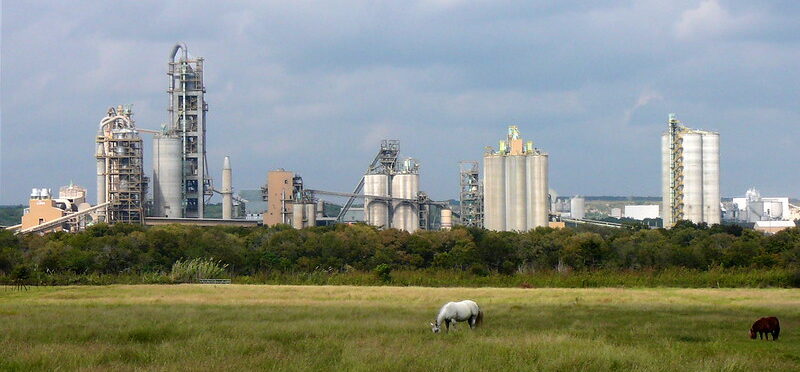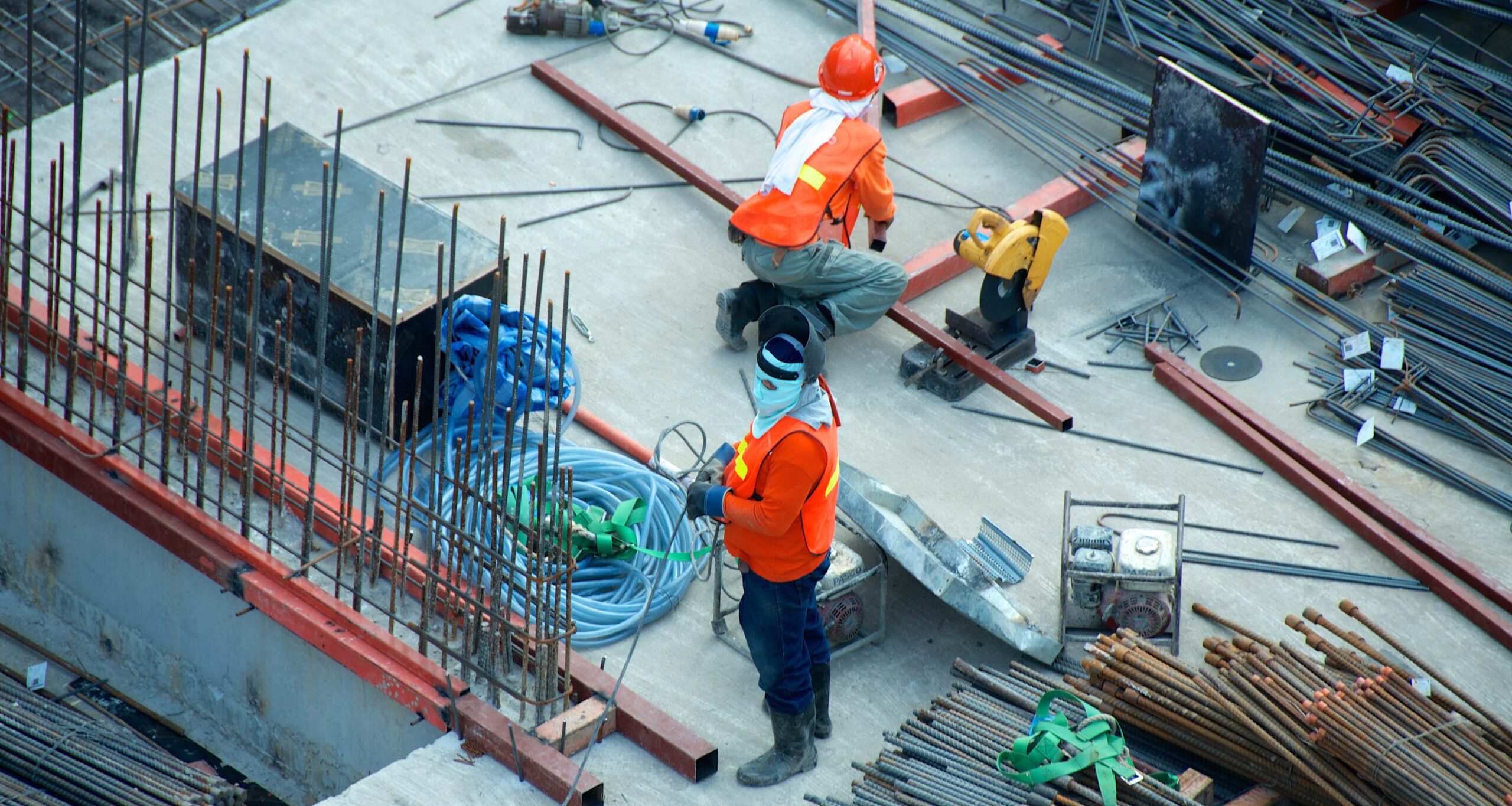Industry and the just transition

Energy intensive industries, such as steel, cement and chemicals, but also glass, ceramics and paper provide the foundation upon which the low carbon transition will rest. Household insulation; electric cars; offshore windfarms; rainwater harvesting systems: many of the options for decarbonising the housing, transport, energy and agricultural sectors will depend on industrial materials. But industry itself is also part of the problem, accounting for a quarter of global CO2 emissions in 2022.
Until recently, the sector was often overlooked in discussions about the low carbon transition but following on from the 2015 Paris Agreement this is beginning to change. However, with action comes tangible effects on both people and places. This blog explores the changing landscape of industrial decarbonisation and some of the real-world implications of this transition.
Industry is hard to decarbonise due to many of its processes using high-temperature heat and involving chemical reactions that can’t be fully decarbonised with current technologies. The issue is further complicated by the long asset life, high capital costs and low profit margins that characterise the sector. Replacing machinery is done infrequently, meaning many industrial installations are only one investment decision away from 2050. Furthermore, many industrial goods are traded internationally, increasing the pressure to stay cost competitive. As a result, firms have been reluctant to invest in emissions reduction without clear signals from governments to support their efforts.

“Cemex Cement Plant, New Braunfels, TX” by Kumar Appaiah is licensed under CC BY-SA 2.0.
Governments, in turn, have been wary of intervening. Industry employs a significant workforce globally and politicians have prioritised competitiveness and job preservation over decarbonisation, fearing firms will relocate to other countries with less stringent regulations if they implement stricter policies. Consequently, when emission reduction targets were first set, aiming for an 80% reduction against 1990 levels by 2050, heavy industry was often relegated to the remaining 20%, implicitly labelled “too hard to decarbonise”. This narrative shifted dramatically in 2015 when the Paris Agreement reset the goal to 100% emissions reduction by mid-century. All at once, industrial emissions had nowhere to hide.
As a result, since 2015, we have witnessed a rapid increase in activity as policymakers strive to catch up. Resource and energy efficiency will play a crucial role in achieving climate ambitions by curbing the demand for raw materials and lowering energy consumption. However, achieving these goals will also require technological interventions and significant investment alongside infrastructure upgrades are required for several key technologies. Electrification of high-heat processes will be essential for some sectors, but it demands grid upgrades and a reliable supply of low-carbon electricity. Hydrogen is an alternative clean energy source when produced from renewables, but the technology is not yet commercially mature.
Lastly, Carbon Capture and Storage (CCS) can capture CO2 emissions at the source when no alternative options exist, storing them underground to prevent atmospheric release. Here, however, much of the necessary infrastructure has yet to be built. Recognising these challenges, governments are directing substantial investments towards these technologies. The EU Net Zero Industry Act of 2023 set a pan-European objective to achieve an annual CCS capacity of 50 million tonnes by 2030. Concurrently, in the USA, the Regional Clean Hydrogen Hubs competition aimed to establish six to ten hydrogen hubs nationwide.

Photo by Etienne Girardet on Unsplash
While this action is welcome, the pace and magnitude of the change required raises concerns for the communities affected. A just transition requires addressing the social and economic impacts of the shift towards a low-carbon economy. It emphasises the need to protect workers’ rights, create new job opportunities, and avoid disproportionately burdening vulnerable communities. As industries adopt low carbon technologies, there is the potential for job displacement and economic impacts on regions currently dependent on industrial activities. Labour market policies, supporting reskilling programmes for affected workers and investment in community development initiatives to diversify local economies will be needed for these areas. There are also implications for the communities where industry remains. Electrification, hydrogen production and CCS will require the deployment of multiple infrastructures, each with the potential for local disruption. Local communities must be active participants in shaping these developments, ensuring that their needs, concerns, and insights form an ongoing part of the transition process.
As industrial decarbonisation accelerates, it will be crucial to acknowledge and address the issues that arise along the way. Moving into the implementation phase, there will be tangible effects on communities and jobs. Citizens’ willingness to engage in the transition will be a crucial component of its success, and clear and honest communication will be essential to encourage engagement. Ultimately, the low carbon transition cannot happen without addressing industrial decarbonisation.
This blog post was written by Dr Imogen Rattle. Imogen is part of the Delivering a place-based just transition in industrial clusters project for the UK Industrial Decarbonisation Research and Innovation Centre (IDRIC) and the Economic and industrial transitions project for the UK Energy Research Centre. On 8 Dec she will be joining IDRIC online at the Place-Based Collaboration for Industrial Decarbonisation: Sharing International Experience workshop to present her research, as part of a COP28 side event in Dubai.
